Red light therapy uses low-intensity red light to improve the skin, cells, and make them healthier, which is why everyone needs it, while red light therapy is advertised as a treatment for a number of common skin conditions, including: promoting wound healing. Reducing stretch marks. Reducing wrinkles, fine lines and age spots. Improving facial texture. Improving psoriasis, rosacea and eczema. Improving scars. Improves sun-damaged skin. Improves hair growth in patients with androgenetic alopecia.
How Does Red Light Therapy Reduce Inflammation?
Red light therapy, also known as photobiomodulation (PBM), works like a gentle nudge to your cells, encouraging them to function better. Imagine your body as a busy factory where inflammation is like a clogged assembly line. RLT uses specific wavelengths of red or near-infrared light (typically 630–850 nm) to clear the clog, helping your cells produce energy and calm the chaos of inflammation.
At the heart of this process are your mitochondria, the powerhouses of your cells. When red light penetrates your skin, it’s absorbed by a molecule called cytochrome c oxidase in the mitochondria. This kickstarts a chain reaction: the mitochondria produce more ATP (adenosine triphosphate), the energy currency of cells. More ATP means cells have the fuel to repair damage, fight oxidative stress, and reduce inflammation. Studies also show that RLT triggers a brief burst of reactive oxygen species (ROS), which, in small amounts, acts like a signal to activate anti-inflammatory pathways. This leads to lower levels of pro-inflammatory cytokines (like TNF-α) and increased anti-inflammatory markers (like TGF-β1).
Picture someone with rheumatoid arthritis, where inflamed joints make every movement painful. RLT can reduce swelling and tenderness by improving blood flow and calming the immune system’s overreaction. A 2021 review found that RLT reduced pain and morning stiffness in rheumatoid arthritis patients, though it was less effective for osteoarthritis. Similarly, athletes use RLT to ease muscle soreness after intense workouts by reducing inflammation and speeding up tissue repair.
But it’s not just local effects. RLT has a systemic impact, meaning light applied to one area can benefit distant tissues. For instance, shining light on your back might help reduce inflammation in your knees by modulating immune responses throughout the body. This makes RLT promising for autoimmune conditions like psoriasis or thyroiditis, where inflammation is widespread.
What Conditions Can Benefit from RLT for Inflammation?
Red light therapy shows promise for a range of inflammation-related conditions. Here’s a closer look, grounded in evidence and real-world applications:
- Joint Pain and Arthritis: RLT reduces pain and stiffness in rheumatoid arthritis and knee osteoarthritis. A small study on temporomandibular dysfunction (TMD) showed less jaw pain and tenderness after RLT sessions. Patients often report feeling looser and more mobile after a few weeks of treatment.
- Muscle Recovery: Athletes swear by RLT to reduce delayed onset muscle soreness (DOMS). By lowering inflammation and boosting blood flow, it helps muscles recover faster. For example, a marathon runner might use RLT on their quads post-race to feel less sore the next day.
- Autoimmune Diseases: RLT has shown benefits for conditions like psoriasis and thyroiditis. A long-term study on thyroiditis patients found lasting anti-inflammatory effects six years after treatment, with higher levels of anti-inflammatory TGF-β1.
- Cancer Treatment Side Effects: In cancer care, RLT reduces inflammation from oral mucositis (mouth sores) caused by chemotherapy. Patients report less pain and faster healing, making it easier to eat and speak.
- Chronic Wounds: For diabetic foot ulcers or slow-healing wounds, RLT promotes healing by reducing inflammation and increasing collagen production. A nurse might use RLT to help a patient’s wound close faster, improving their quality of life.
- Systemic Inflammation: Animal studies suggest RLT can reduce inflammation in obesity or type 2 diabetes. Mice exposed to 843 nm light had five times less abdominal fat inflammation than controls, hinting at potential for human applications.
While these benefits are exciting, not every condition responds equally. For instance, RLT has limited evidence for osteoarthritis compared to rheumatoid arthritis, and claims about weight loss or mental health benefits lack robust support.
Practical Guide: Using RLT for Inflammation
If you’re considering RLT for inflammation, here’s how to get started, based on expert insights and practical considerations:
Choose the Right Device:
- Wavelength: Look for devices with 630–670 nm (red light) or 810–850 nm (near-infrared) for optimal tissue penetration.
- Power Density: Aim for 20–100 mW/cm² to balance efficacy and safety. Higher power is better for deeper tissues like joints, but too much can cause skin irritation.
- Type: LED panels are safer and more affordable for home use than lasers, which are typically used in clinics. The Bontanny Red Light Therapy Devices Full Body brand offers reliable options, but cheap devices with unproven specifications should be avoided.
- Example: A 45-watt LED panel with 660 nm and 850 nm wavelengths is ideal for home use, covering a large area like your back or knees.
Treatment Protocol:
- Frequency: Start with 10–20 minute sessions, 3–5 times per week. Chronic conditions like arthritis may require 6–12 weeks for noticeable results.
- Distance: Position the device 6–12 inches from the skin to maximize light absorption without overheating.
- Timing: For muscle recovery, use RLT post-workout. For chronic pain, morning sessions can reduce stiffness throughout the day.
- Example: For knee arthritis, apply RLT for 15 minutes daily, targeting the joint from multiple angles.
Safety Tips:
- Protect your eyes with goggles, especially with high-powered devices.
- Avoid RLT if you’re photosensitive or taking medications that increase light sensitivity (e.g., certain antibiotics).
- Consult a doctor if you have darker skin tones, as you may be more prone to hyperpigmentation.
- Stop if you experience redness or blistering, and reduce session time or intensity.
Professional vs. At-Home:
- Clinical: Offers stronger devices and expert supervision, ideal for severe conditions like cancer-related mucositis.
- Home: Convenient and cost-effective for ongoing use, but requires research to choose a quality device.
- Cost: Home devices range from $200–$1000, while clinical sessions can cost $50–$150 each. Insurance rarely covers RLT.
Real-World Example:
Sarah, a 45-year-old with rheumatoid arthritis, bought a 660 nm LED panel after her rheumatologist suggested RLT. She used it for 15 minutes daily on her hands and knees. After four weeks, her morning stiffness decreased, and she relied less on painkillers.
Challenges and Limitations
While RLT is promising, it’s not a magic bullet. Here are key challenges:
- Research Gaps: Many studies are small or animal-based, and large-scale human trials are lacking. For example, while RLT helps rheumatoid arthritis, its effects on osteoarthritis are inconsistent.
- Device Variability: Home devices vary widely in quality. Some lack the power or wavelength precision needed for therapeutic effects.
- Temporary Effects: Pain relief may fade weeks after stopping treatment, requiring ongoing sessions.
- Misleading Claims: Some companies exaggerate RLT’s benefits (e.g., weight loss, depression) without evidence, confusing consumers.
- Access: Clinical RLT can be expensive and inaccessible, while home devices require an upfront investment.
To navigate these, stick to evidence-based applications, choose reputable devices, and set realistic expectations. Combining RLT with other treatments (e.g., physical therapy for arthritis) can enhance results.
Conclusion
Red light therapy for inflammation has been shown in studies to be very effective, which is one of the main benefits of red light therapy, but when choosing a device, remember to choose an FDA-approved device because the quality of market devices varies, and choosing a verified device is also a safeguard for your health.
Frequently Asked Questions
1. How long does it take to see results from red light therapy for inflammation?
Results can vary depending on the condition being treated and the consistency of use. Some people notice reduced inflammation or pain within a few sessions, often within 1-2 weeks, while chronic conditions may take longer—up to a month or more—with regular use.
2. Can I use red light therapy every day?
Yes, daily use is generally safe for most people, especially with at-home devices, as long as you follow the manufacturer’s guidelines. Start with shorter sessions (5-10 minutes) and adjust based on how your body responds. Overuse at high intensities might cause skin irritation.
3. What’s the difference between red light therapy at home and in a clinic?
Clinic-based treatments often use higher-powered devices, delivering faster and more pronounced results. At-home devices, like portable wands or full-body panels, are less intense but convenient for regular maintenance. Professional sessions might be better for severe inflammation.
4. Does red light therapy work for all types of inflammation?
It’s most effective for inflammation linked to muscle soreness, joint pain, or skin conditions. Evidence is stronger for acute and localized inflammation than for systemic or complex chronic conditions like autoimmune diseases, where more research is needed.
5. Are there any conditions where I should avoid red light therapy?
If you have photosensitivity, active skin infections, or are pregnant, consult a doctor first. Avoid using it over cancerous areas unless directed by a healthcare provider, as its effects on cancer cells are still under investigation.
6. How do I choose the right device for inflammation?
Look for devices with wavelengths between 630-850 nm, as these penetrate skin effectively. Consider your needs: a portable device for targeted areas, or a full-body panel for broader coverage. Ensure it’s FDA-cleared for safety and efficacy.

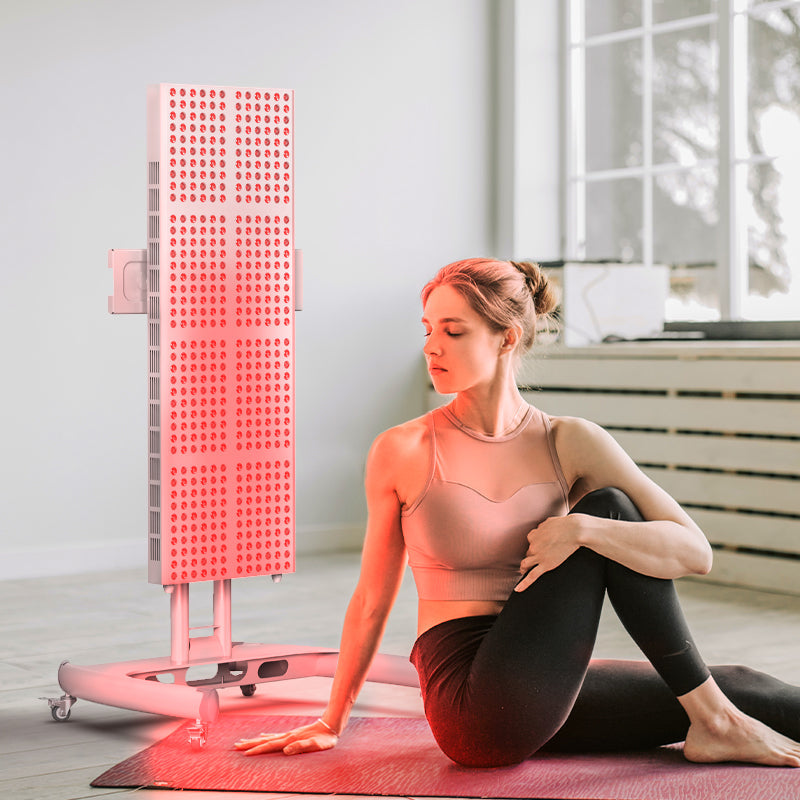
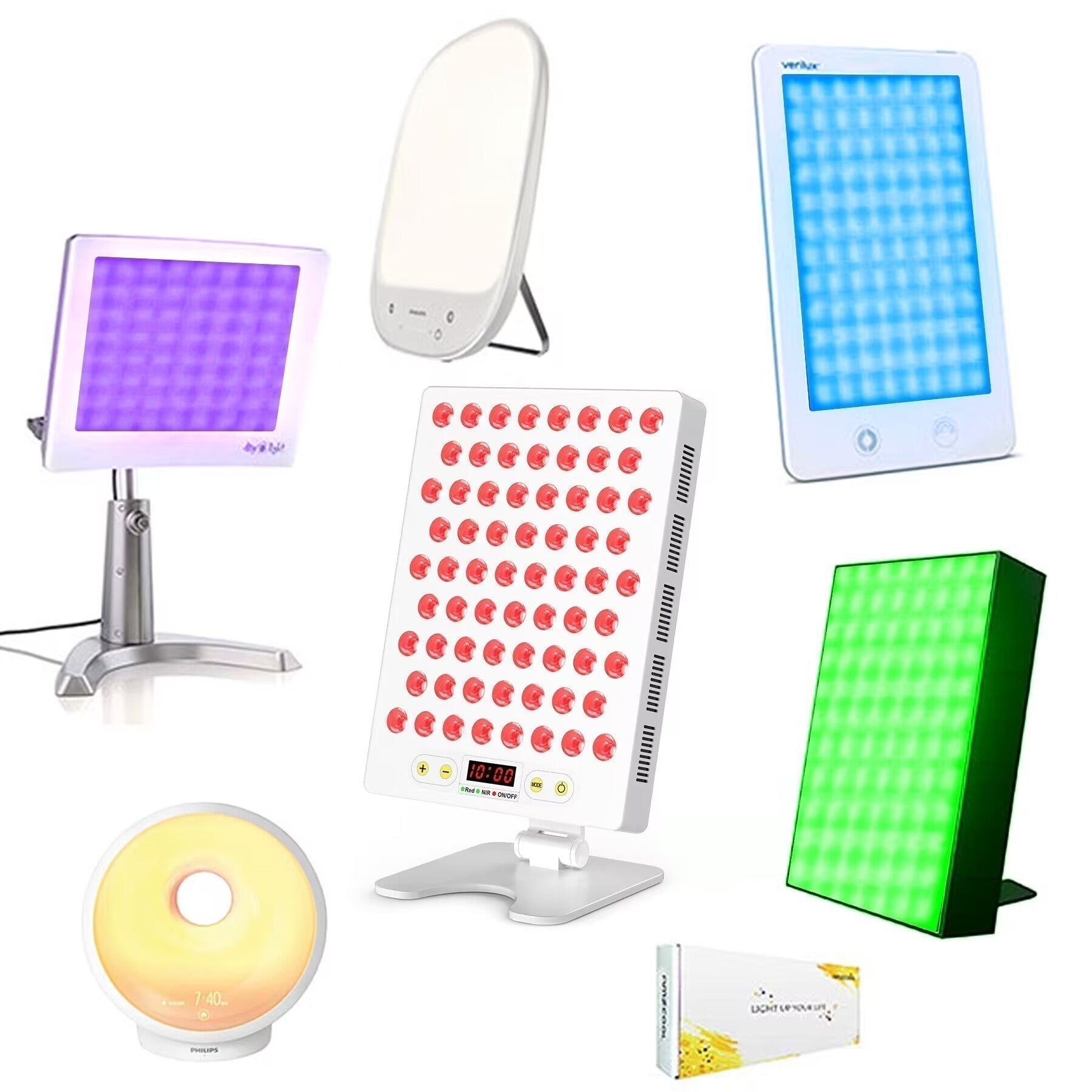

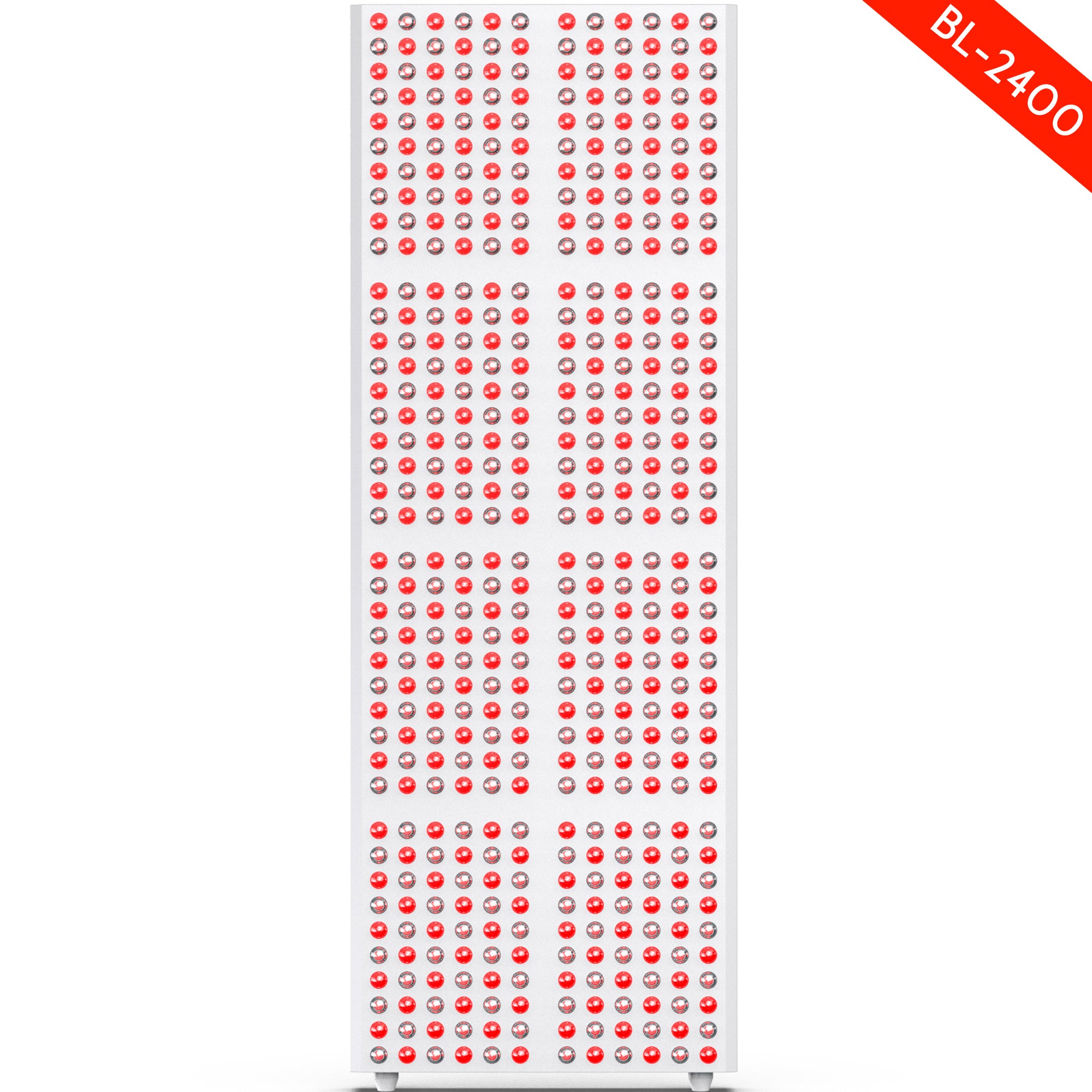
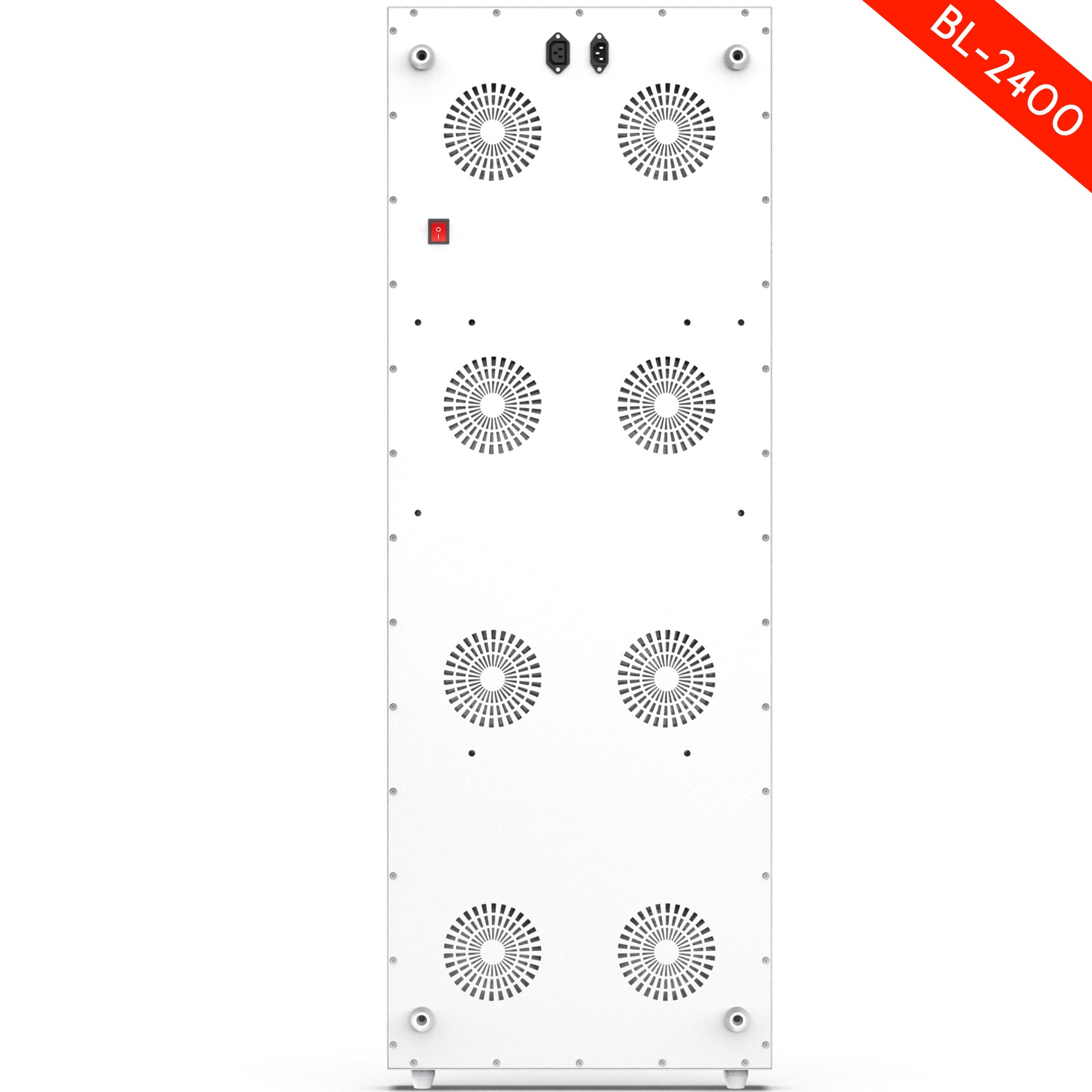
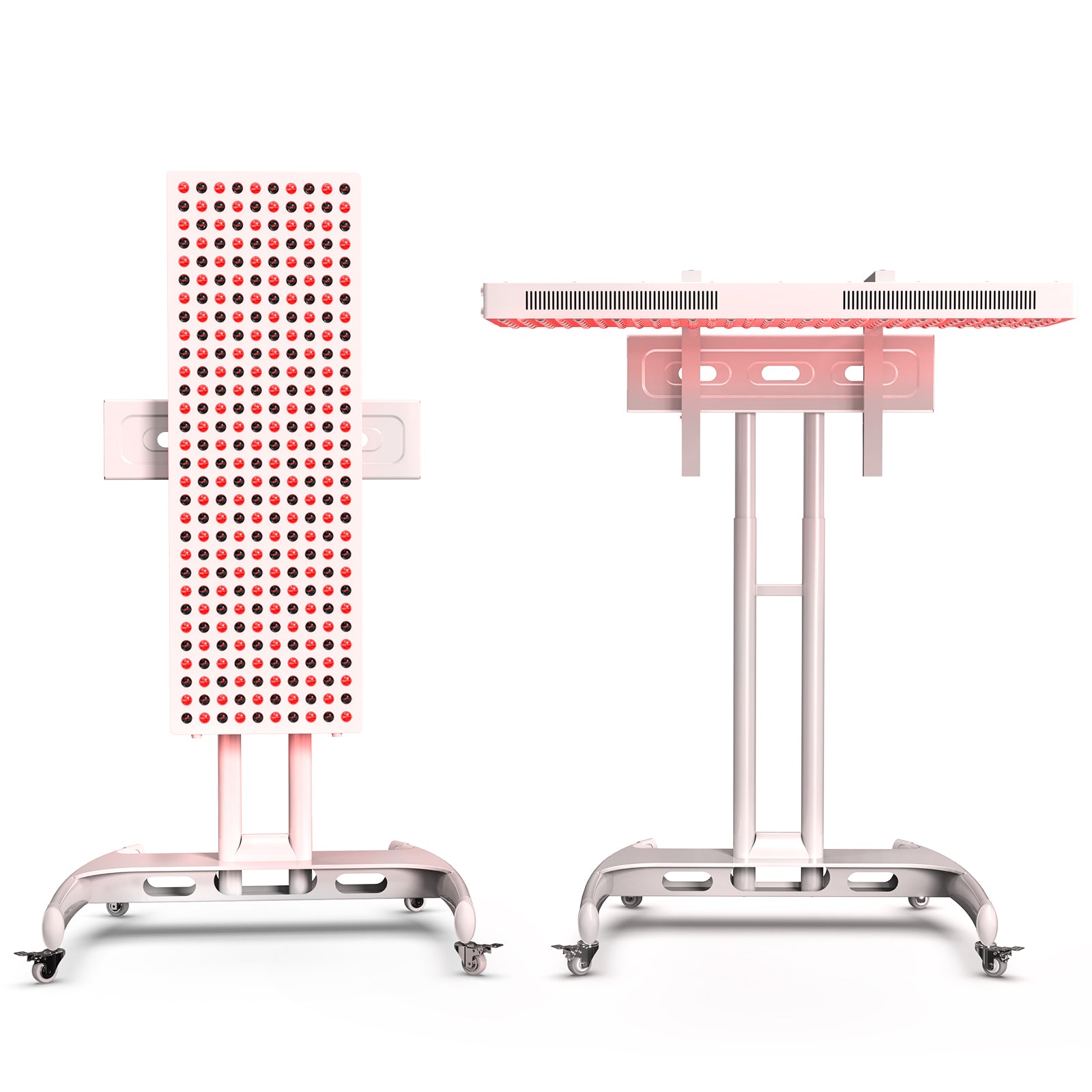

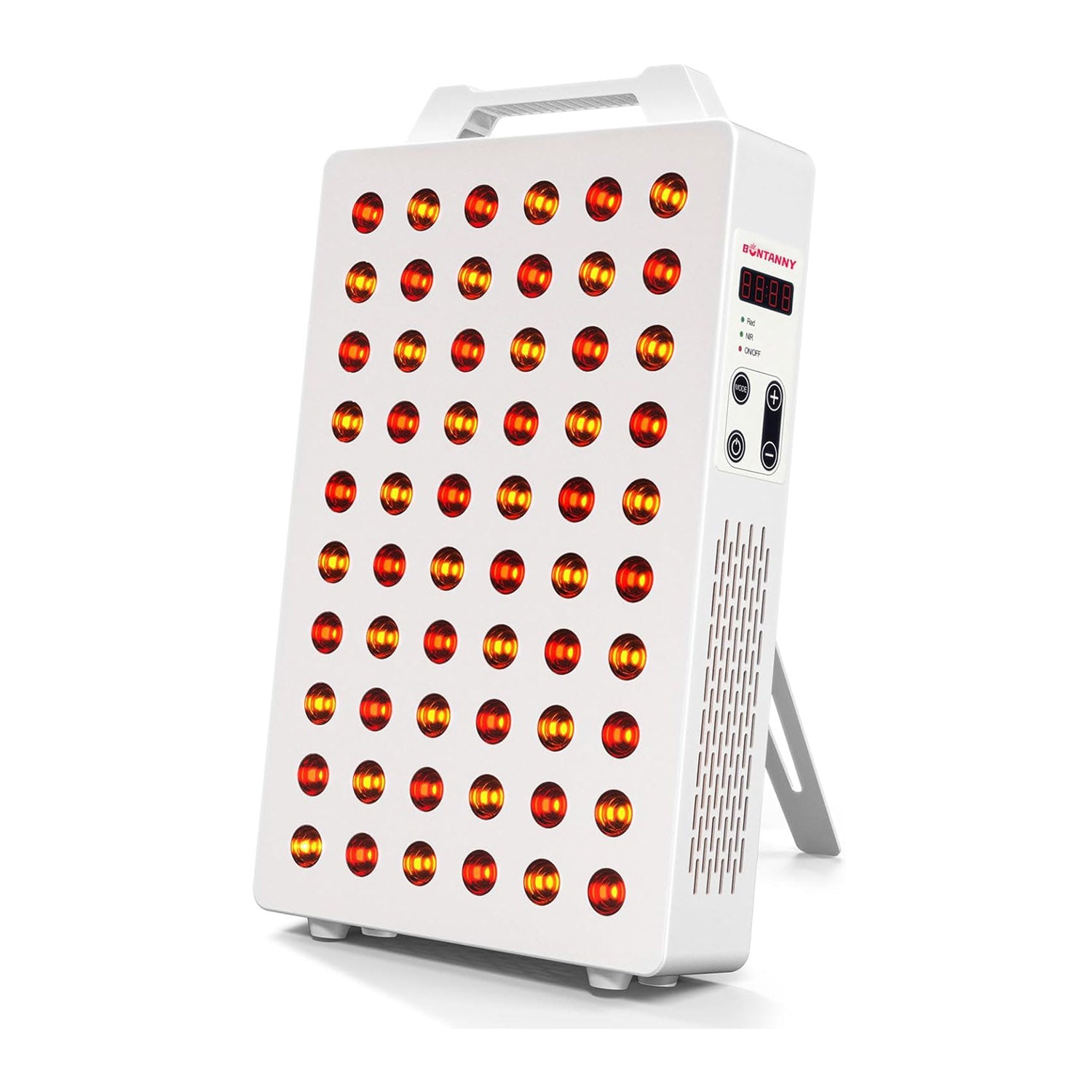
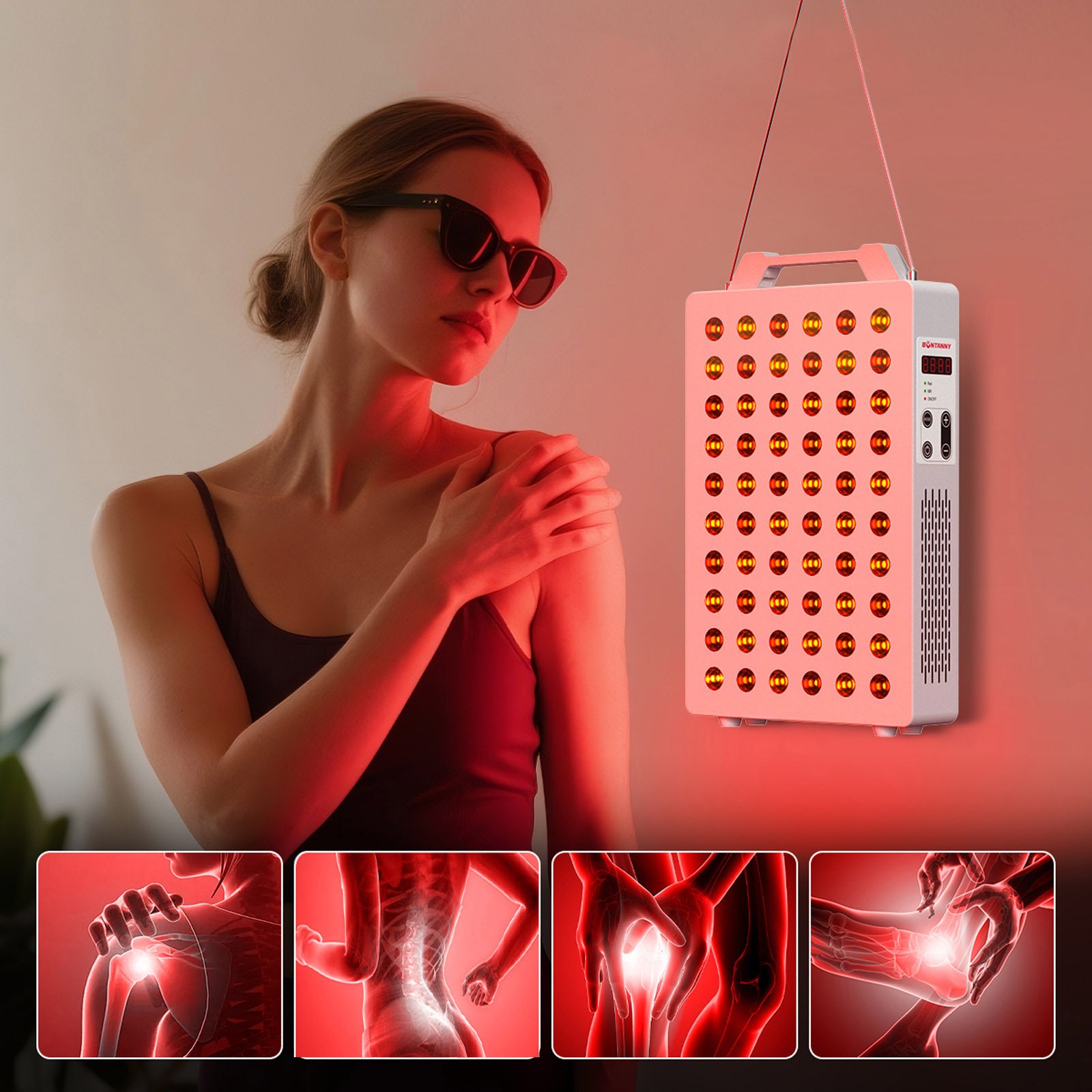
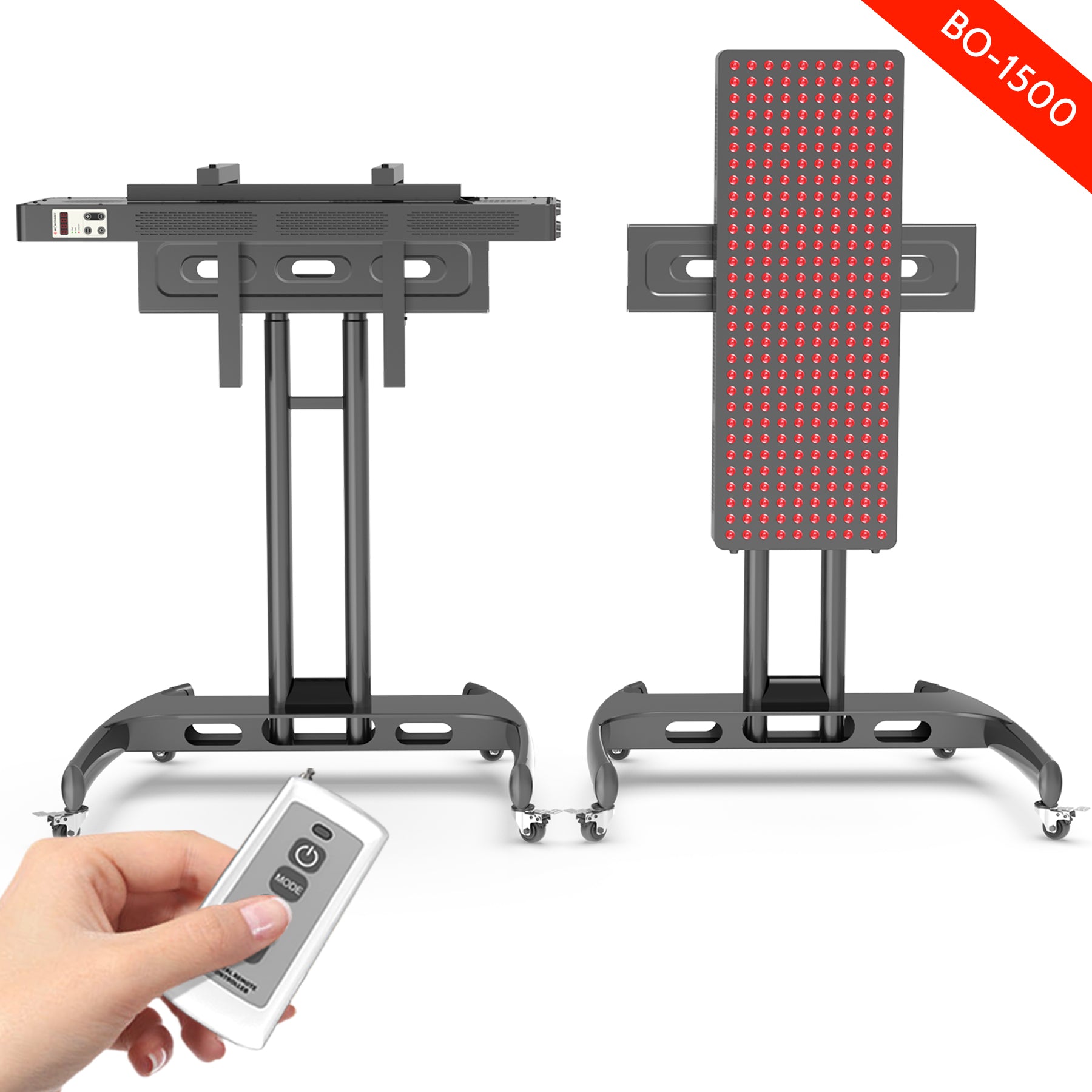
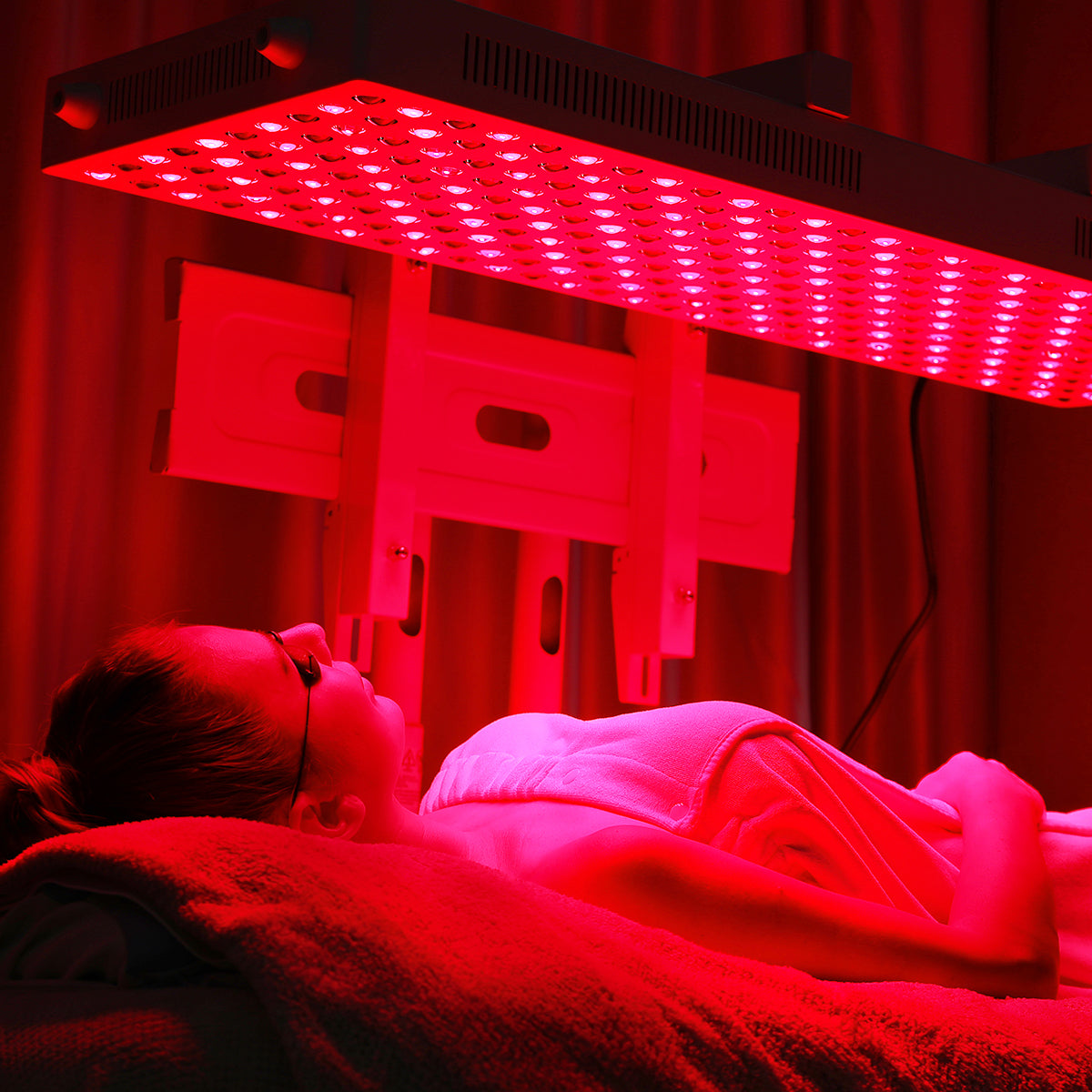
Leave a comment
This site is protected by hCaptcha and the hCaptcha Privacy Policy and Terms of Service apply.